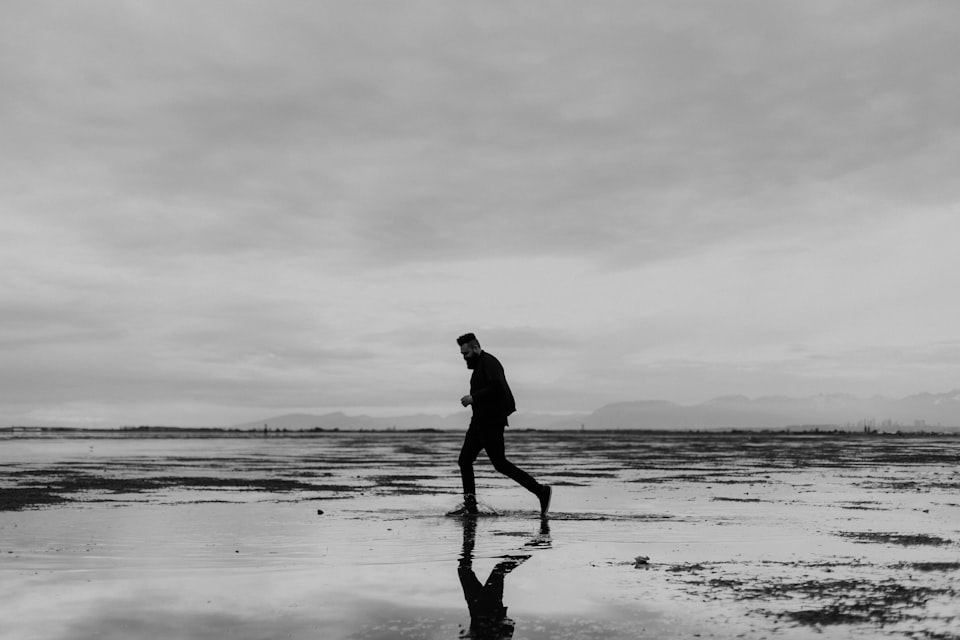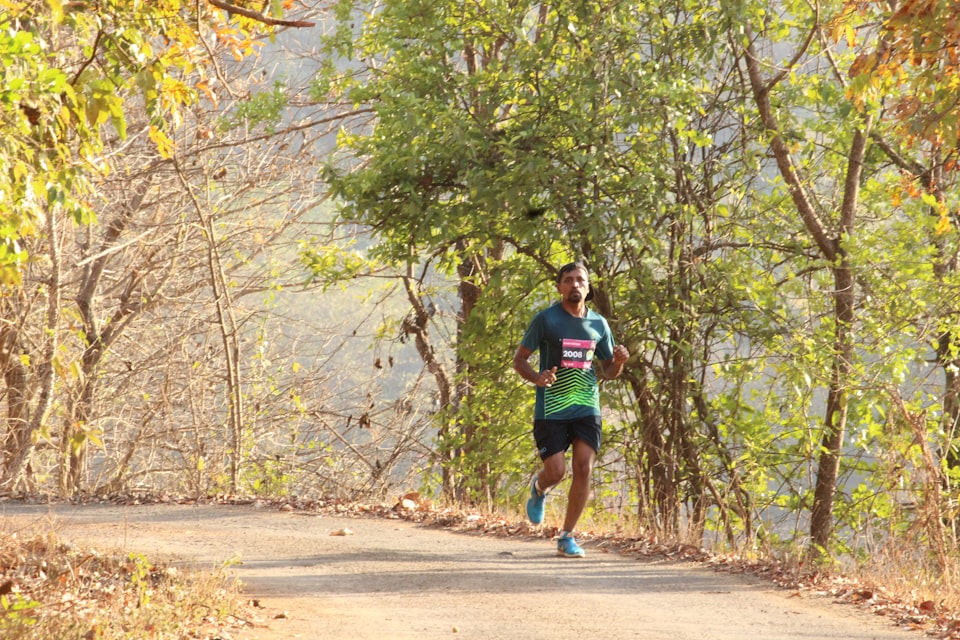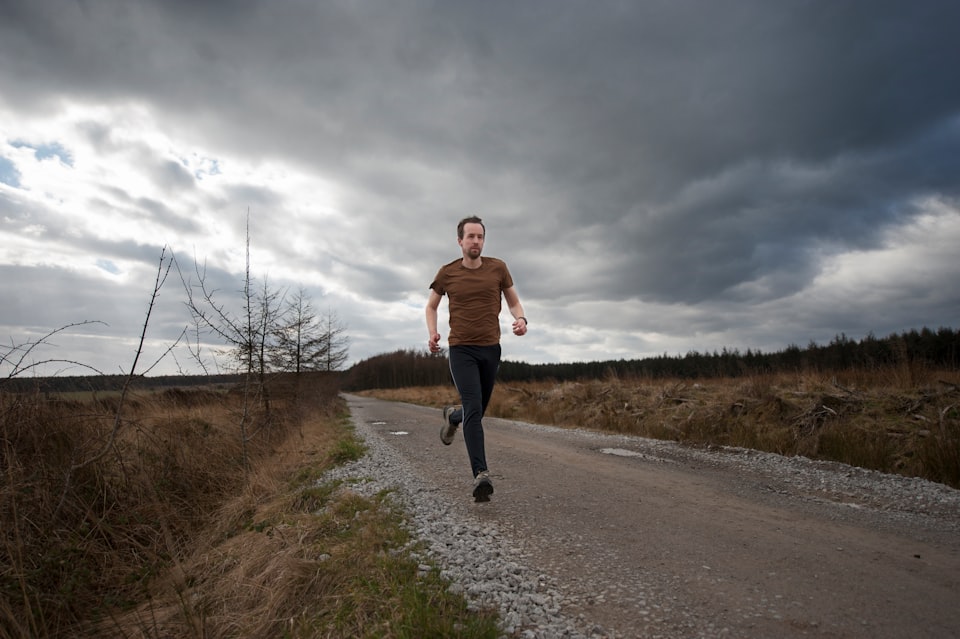The Surprising Lessons I Learned After Running My First Marathon
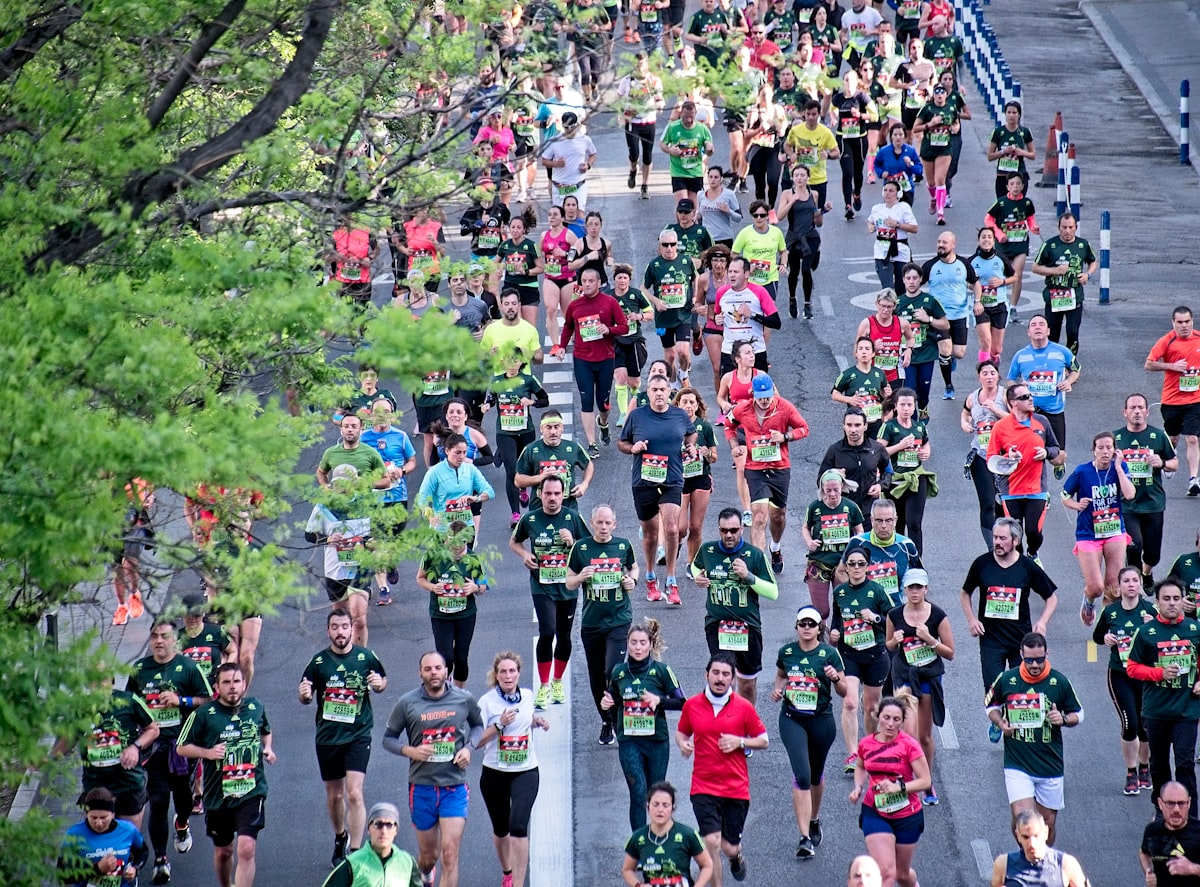
I do not think I would have learned them if I did not run.
It was improbable I would become a runner. In January 2010, I quit playing college football and a part of me felt like something was missing. I was working out in the same routine I had when I played football but there was nothing to train for. The enthusiasm for training started to dissipate.
When I was playing football, I was waking up at 5:00 am every day to train. I felt like Rocky Balboa preparing for a fight. Every training session felt like I was in a training montage that was getting me better each day. Then without that end goal of training for something, I lost a step.
Then I started running.
At first, I would go on 3–4 mile runs which were a lot for me at the time. I didn’t know how to get faster so I would set a timer on my watch and start running intervals like I was doing conditioning drills for football. Soon I would fall in love with the exploration of running. I got to see places in town I would never go see and I got to be outside and enjoy the weather. It didn’t take long for me to get that thought that I should train for a marathon. I told my mother and friends that I wanted to train for the Chicago Marathon but being a broke college student, the entry fee was $150 which was the equivalent to a ½ a week of pay for me at the time. I missed the guaranteed entry sign-up deadline as well so I had to find a sponsor.
Soon after, a friend whose dad owns a running shoe store nearby where I grew up, was able to get me sponsored, now I had skin in the game and there was no turning back now.
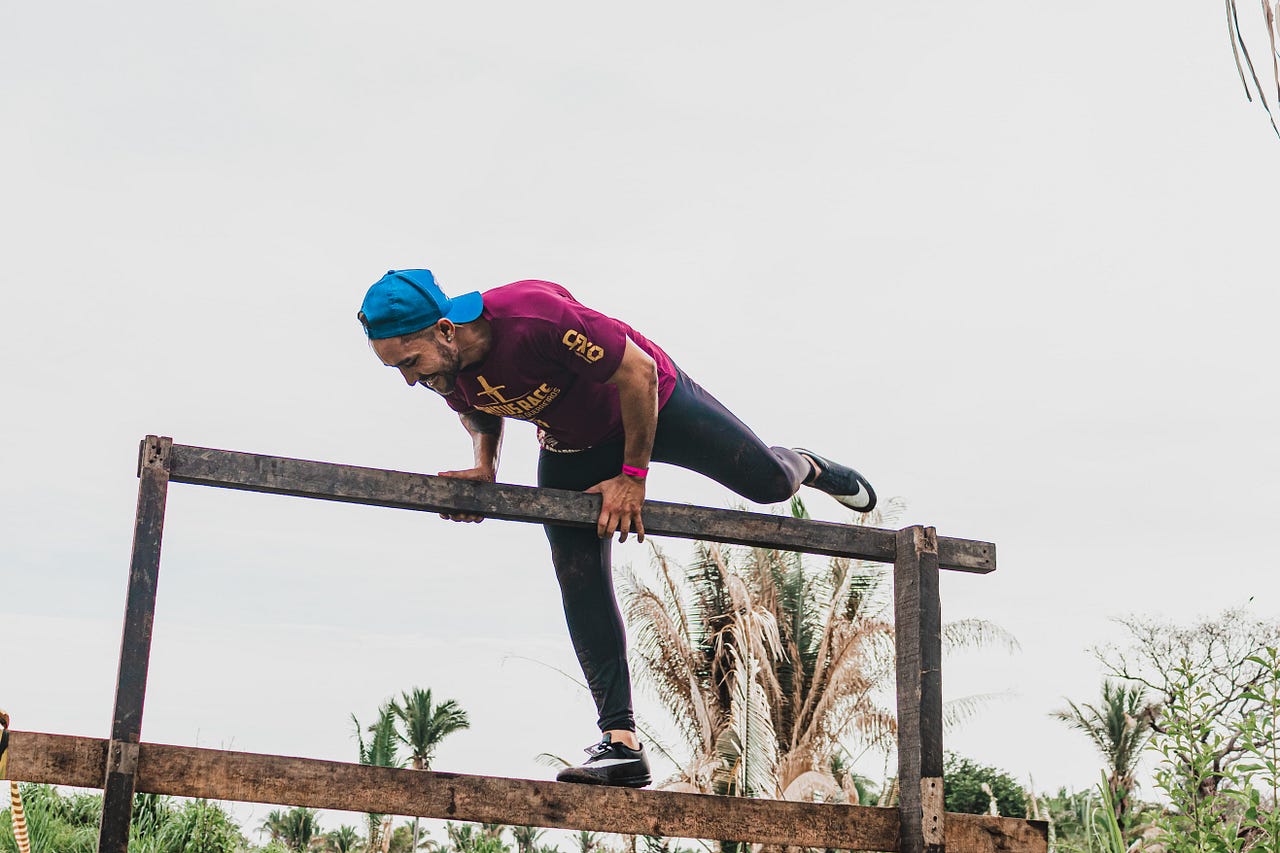
The First Hurdle Is Often the Hardest
When I started training, I knew I had to start running further distances. I increased my weekly mileage as recommended by some running blog and was putting more miles on my legs. At first, it was a challenge to get over that first hurdle.
There’s an old cliché that says getting started is the hardest part. I disagree with that statement. Clearing that first hurdle is the hardest part.
Starting to run is easy. You put your shoes on and start running. Going from someone who never run more than 7 miles at once in your life to someone who can run 10 miles with relative ease is difficult.
Eventually, I cleared that hurdle. Then one weekend day in a hot summer, I decided to block off 3 hours of my time and just run. I had no distance goal or pace goal. The goal was to see how far I can get in 3 hours. I finished that run and made it 20 miles. I felt so great about myself. All I had to do was go another 6.2 miles and I would be at a marathon distance. After the end of that day, completing the marathon felt inevitable for me, or was it?
Complacency Can Destroy a Goal
I became complacent after that 20-mile run. For the rest of the training cycle, I didn’t run more than 15 miles in a single go. I never tested myself again. I told myself that I didn’t have time to go out for 3+ hours to run but I was lying to myself.
There were several times that I had a time block to go run but instead, I would rather binge-watch a show with my roommates or go on a 4-mile run and call it a day.
When you’re trying to do something hard, you’re walking into the unknown. The only way to make that known is to push yourself closer to the known. You can imagine what the last 6 miles of a marathon will feel like, but you’ll never know what it is like until you do it.
Proper Preparation Prevents Poor Performance
I first heard this term from a man named Will Franklin who was an NFL trainer at a youth football camp I attended. He harped on being prepared for everything that you do and as long as you’ve prepared yourself for something to the best of your abilities, the results would take care of themselves.
When I woke up at 4:00 am for the day of the marathon, I wasn’t prepared. I didn’t go to bed until late, I wasn’t as properly hydrated as I could have been and I didn’t go to the bathroom.
As the race started, I felt good about my pace. I was keeping up with the typical run during my training. However, I felt my stomach turn about five miles into the race. I had to go number 2 and it wasn't good. My eyes were quickly scanning around for porta-potty and I eventually found one. I probably lost more than 5 minutes of my time at the porta-potty because I didn’t prepare myself before the race.
As the race went on, I continued to drink water at the aid stations but declined to drink the Gatorade as I’m not much of a fan of Gatorade. I had never eaten in a race before either so I didn’t want to do something that I had never done before.
I hit mile 16 and felt a jolt go up my right calve. I slowed down a little bit. Then a jolt went up my left calve. Soon I changed my stride to take any extra load off my calves but that seemed to cause my groin muscles to begin cramping as well. I started walking, worried.
“If I’m not going to finish this race, it will be because I cannot walk,” I told myself.
I began to run through the cramps to ignore them but the pain continued to get worse. I wasn’t sure if I was going to be able to finish.
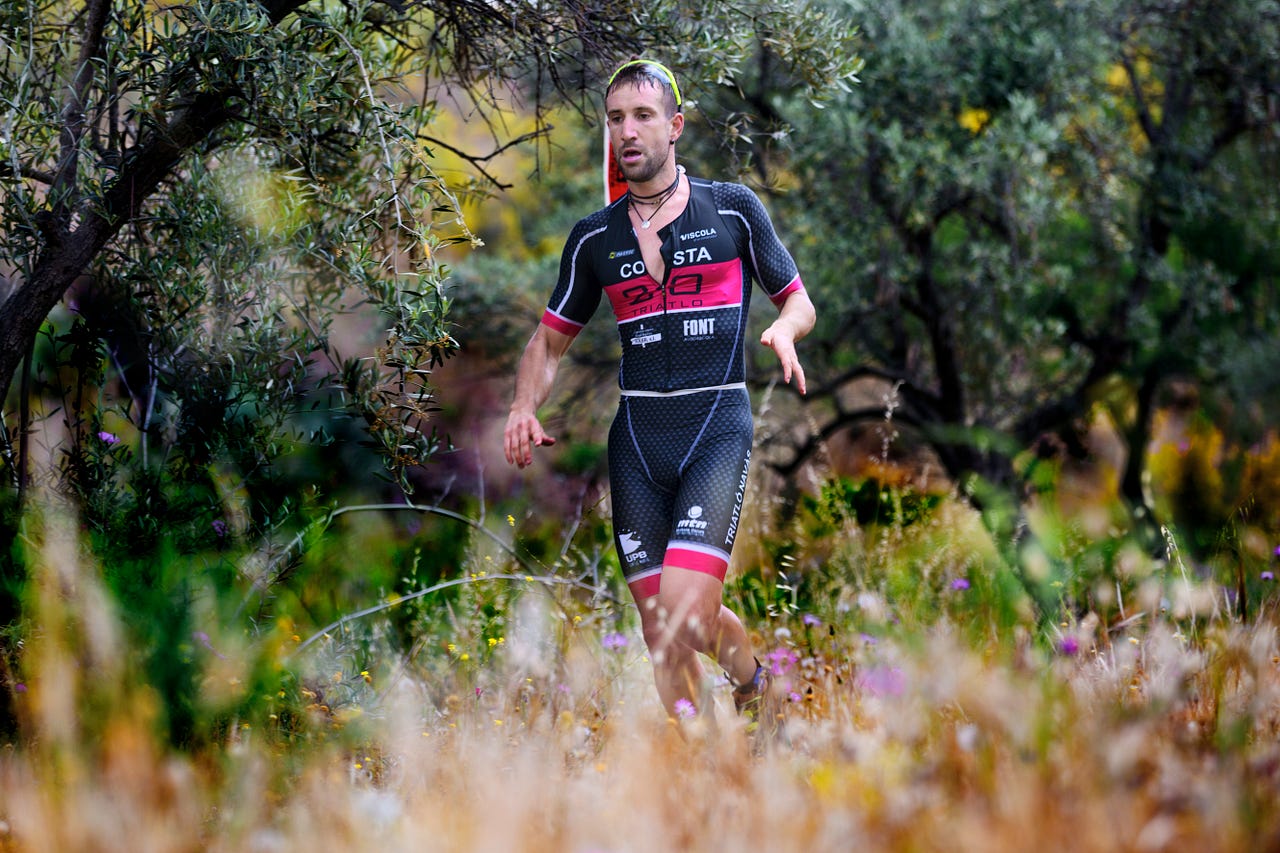
Running Is Both a Community and Solo Sport
At the beginning of the race, there was a man in his 30s standing next to me who told me he worked at the Chicago patent office. I struck up a conversation with him and asked him if there were any strange patents that he ever received.
“There was one I had recently. It said it was from Kanye West and he was trying to patent hologram technology. That one was not approved.” He told me.
We continued to run and he told me some other strange stories about his field of work with many of the patent claims that people try to make.
As the race began, our conversation started to die out. I realized then that while running has a great community behind it, it is also a solo sport. Runners compete with each other but not in the same way that a pickup football game or a one-on-one basketball game is. Runners typically want to see each other succeed because even if you come in second place, you may be getting a new PR or accomplishing something that you’ve never accomplished before.
I’ve never encountered a runner who wished for another runner to not finish a race. While I often still have that internal drive to want to pass the person in front of me, it’s not about defeating them. When someone who has similar physical talents as me runs a faster race, I can see the possibilities of what I can accomplish as well. That inspiration can help drive me to be a better version of myself.
Conversations with runners seem to flow well. Maybe it’s the mutual interest in the sport or that there are no awkward pauses because you can always default back to running.
Compartmentalizing Goals
At mile 20, my entire lower body was one giant cramp.
My first thought was to make it to the next aid station which was at mile 23 but that seemed so far.
“Make it to the next mile marker,” was my next thought and it didn’t seem so bad.
When you’re running long distances, how you frame the goal in your mind is one of the most important pieces to finishing a race. Instead of thinking that you have 6 miles left, just think you have six-mile runs left. Running one mile doesn’t seem so bad. You may think that it’s the same but it’s not. When you compartmentalize it and break the goal down into sets that you can do, it starts to seem achievable.
Through using this mental tactic, I saw mile marker 25 and I felt a rush. There was only one more left. All the cramps in the world were not going to stop me. I was going to finish. I hustled that last mile like it was the last mile I was going to run in my life and crossed that finish line. It was one of the greatest feelings in the world to finish that race.
I found my mother, brother, and future sister-in-law and gave them hugs. A sense of pride flowed through me that I had never felt.
“I’m never doing that again,” I told them. We laughed and I had to experience the endeavor of walking the mile back to the train station as there were no taxis available.
The Mindset Shift After the Race
I told myself after running my first marathon that I was never going to do it again. Two days later, I wanted to look for the next marathon that I could run.
There’s something that happens to you when you accomplish something that you never thought you would be able to accomplish before. You start to wonder what you are capable of. The marathon may have felt like my ceiling after finishing the race but soon after, I started to ask myself if I could raise my ceiling.
A few years later, I found myself doing other endurance events like finishing the GoRuck HTL which was a 60-mile, 40+ hour ruck while carrying 40 lbs. Soon after that, I ran my first 50-mile ultra-marathon and attempted running a 100-mile ultra-marathon. The 100-mile ultra-marathon seems to be my ceiling right now but I know there were things that I could have done to be better prepared for that race. The next time I run one, I will finish.
Life can occasionally feel like it’s getting away from you. That is why I started Setup Sunday. Sunday is often the perfect day of the week to prepare yourself for what is going to come for the week ahead. If you want tips each week to look at how to set yourself up for a better future, start here and grow each week.

